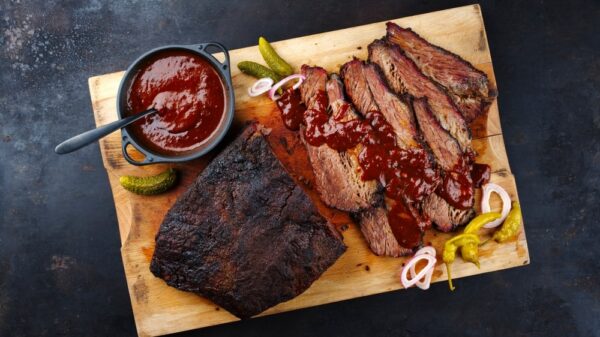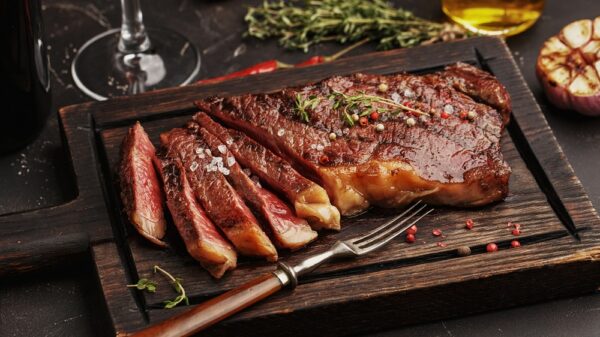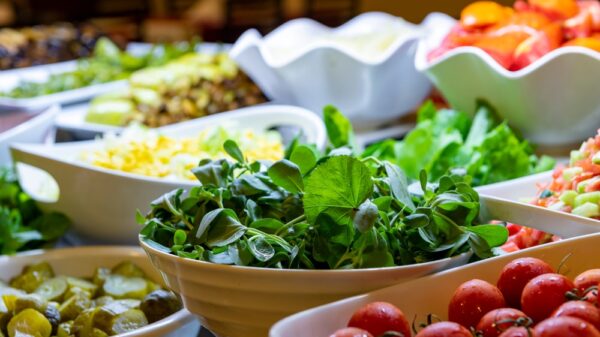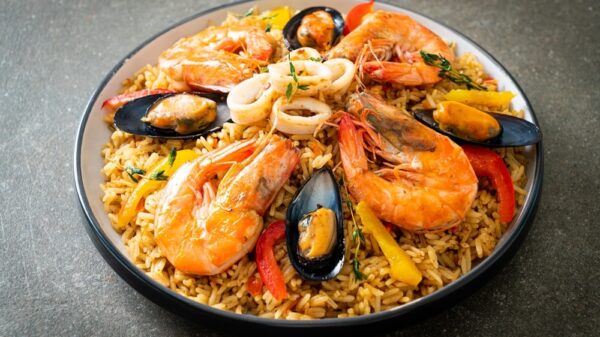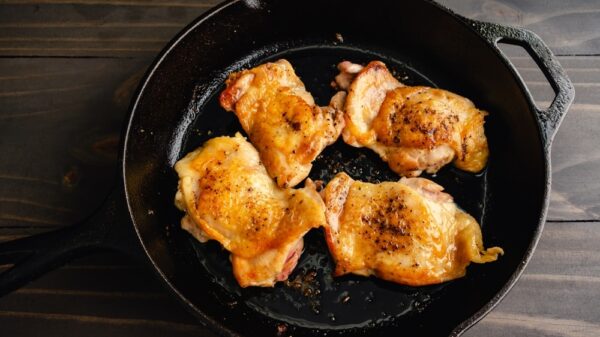Projections for grocery costs are prompting serious conversations among consumers and policymakers alike. Over the past four years, the price of food has skyrocketed by a staggering 30%, as reported by Forbes. It’s no surprise that this issue took center stage during the contentious 2024 presidential campaign. President-elect Donald Trump has promised to tackle the heavy burden of high grocery bills. He plans to introduce tariffs on imported goods, with bold proposals ranging from a 25% tariff on items from Canada and Mexico to a potential 10% tariff on goods from China. Some even suggested a jaw-dropping 60% tariff on certain products—numbers that could alter the grocery landscape dramatically.
You might be left scratching your head, thinking, “How do tariffs actually affect my wallet when I shop for groceries?” At their core, tariffs are taxes slapped on goods coming into the country. While they’re often positioned as a way to support American farmers and industries, the reality is a bit murkier. Businesses hit with these tariffs frequently pass the increased costs straight onto the consumer, which means you—yes, you, the everyday shopper—could end up paying more at the checkout line. Since a substantial portion of our basic grocery items—think fresh fruits, vegetables, meats, coffee, and beyond—are imported from Canada, Mexico, and China, you could be staring at rising prices if these tariffs become reality.
Consider your daily cup of coffee. A remarkable 73% of Americans reach for that caffeinated boost each day, according to a survey by Drive Research. While our coffee usually comes from places like Brazil, Colombia, and Switzerland, we also rely heavily on imports from our neighbors. In 2022, Canada exported a staggering $662 million worth of coffee to the U.S., making Americans their top customers, followed closely by the $455 million worth of coffee from Mexico. If tariffs are imposed, your morning ritual could become considerably more expensive. Compounded by unpredictable weather and supply chain disruptions that have already pushed coffee prices up, these added tariffs could feel like a body blow for coffee lovers trying to keep their budgets in check.
Garlic enthusiasts, resign yourself to the potential for higher prices as well. This kitchen staple, which enhances countless recipes from garlic bread to creamy mashed potatoes, primarily comes from China—responsible for a whopping 73.8% of the world’s garlic production, according to data from Produce Pay. Although California does grow some garlic, it’s typically at a higher price point. The scenario becomes even trickier considering our growing reliance on imported garlic, particularly from China, which saw imports surge by 51% between 2023 and 2024. If tariffs push up prices on Chinese garlic, will we witness consumers gravitating toward local farmers, even if that means paying a premium? This evolving dynamic could leave budget-savvy home cooks scrambling for ways to adjust their grocery lists.
And let’s not forget about beef—an American dining staple. Many people don’t recognize how much we rely on imported beef; in fact, in 2022, we imported a substantial portion—29% from Canada and 22% from Mexico, according to Statista. Ground beef, which accounted for over 46% of total beef consumption in 2020, largely depends on this steady flow of imports keeping supplies and prices stable. Should tariffs disrupt this importation, you could find prices climbing at your favorite burger joint or, worse, struggling to find the cuts you love on the shelves due to soaring costs.
Then there’s canola oil, a versatile kitchen hero prized for its heart-healthy benefits. Most of the canola oil you likely use comes from Canada, which exported 2.6 million tons to American households between 2022 and 2023. However, if tariffs increase the cost of canola oil, the repercussions could extend far beyond just one ingredient, inflating the price of various meals. Given that other cooking oils like olive and vegetable oils have already seen price hikes due to supply shortages, your family may soon need to rethink their cooking practices altogether.
Last but certainly not least, let’s discuss seafood, a beloved staple for many American households. Research shows that approximately 70% to 85% of the seafood consumed in the U.S. is imported, with Canada and China being top suppliers of delicacies like salmon, lobster, and crab. Given how premium seafood can already be priced, any further increases could price many families right out of enjoying their favorite dishes.
While some reports hint at a potential easing of inflation, food inflation remains a nagging concern for countless households across America. The prospect of new tariffs on essential grocery items adds another layer of pressure to families already struggling to make ends meet. Unfortunately, navigating the ever-rising costs of food is no simple task, and relying on tariffs as a viable solution to this problem may not provide the relief many citizens are desperately seeking. So, on your next grocery run, take a moment to consider that each price tag carries its own backstory—one that often originates far from the store shelves but ultimately affects your budget anew each time you shop.

